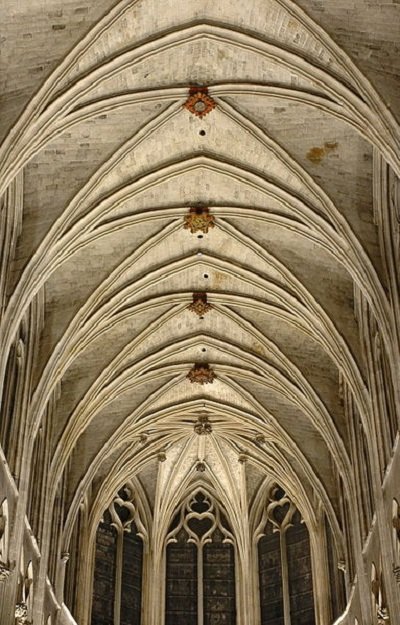Design of Simple Beam
A member carrying loads perpendicular to its axis is defined as a beam.
For a simple floor beam, I-sections are used.
M/I = (sigma) /y
M = (I/y)(sigma)
I/y = Z (section modulus)
Therefore, M = z(sigma)
When beams are loaded, bending stresses are developed at all sections.
The bending stresses developed in beams can be determined by the equation theory of simple bending.
For laterally supported beams, the permissible bending stress in tension as well as in compression should not exceed (sigma)bc or (sigma)bt = 0.66fy
For laterally unsupported beams, the permissible stress in bending compression is calculated by using tables from the the IS code book (IS:800).
Load carrying capacity of the Beam
From structural steel tables for the given beam, the section modulus (Zxx) is obtained.
Depending upon whether the beam is laterally restrained or unrestrained; the value of permissible stress in bending compression ((sigma)bc) is calculated.
The moment of resistance of the beam is found out.
MR = Zxx .(sigma)bc
Equating the moment of resistance to the maximum bending moment equation, the total load (w) the beam can carry is calculated.








